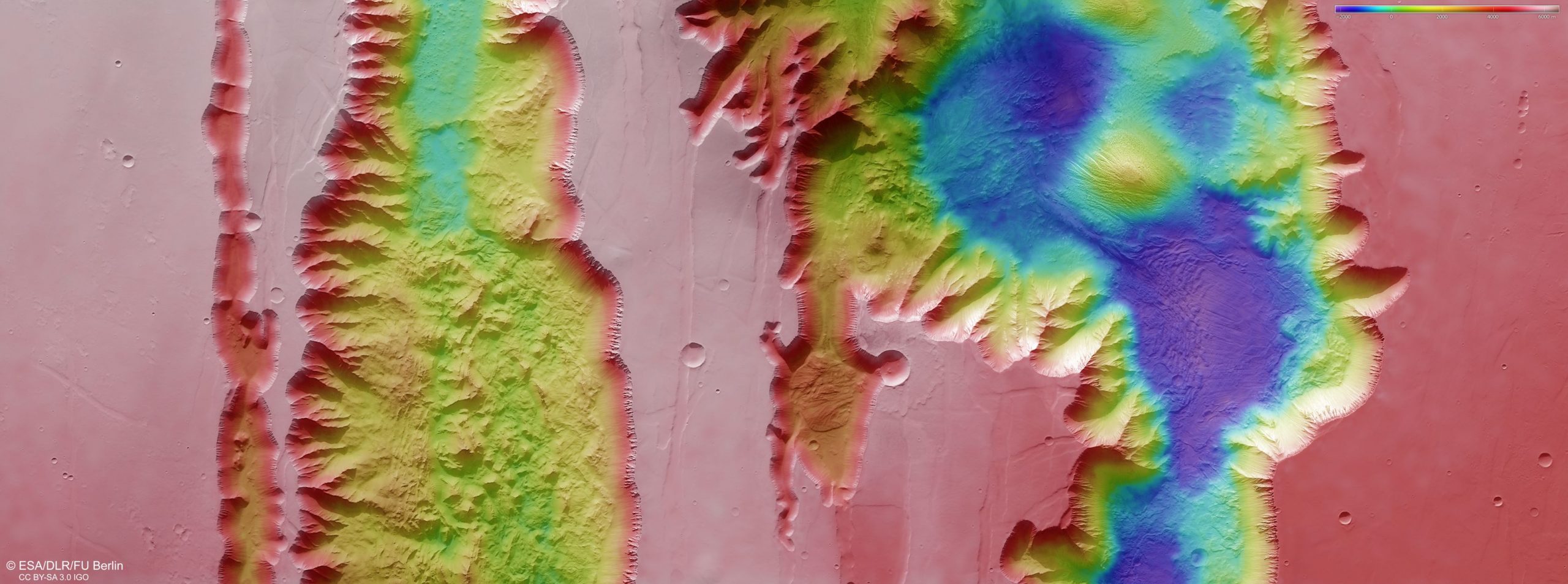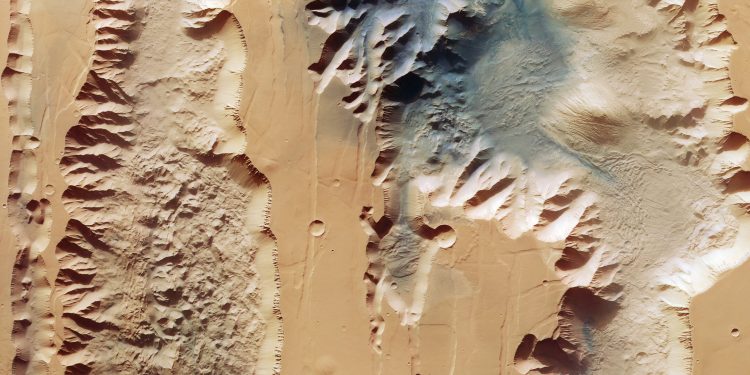Nestled in the Martian landscape, Valles Marineris dominates as a colossal canyon that could harbor secrets of the planet’s ancient past. Stretching over 3,000 kilometers in length and plunging 8 kilometers deep, this grand geological formation was named after the Mariner orbiters which revealed its contours in the early 1970s. The German Aerospace Center (DLR) has since turned its gaze to this marvel, launching the VaMEx initiative to pioneer robotic exploration of this challenging terrain through an innovative orchestration of technology.
Under the VaMEx—Valles Marineris Explorer initiative, a consortium of technologies comes together to unravel the mysteries held within the canyon’s gorges and caves. This ambitious project leverages a swarm of interconnected robots, each designed for specific tasks—roving the rocky grounds, gliding through the Martian skies, and delving into the shadowy recesses of caves. This integrated approach is not just about collecting data but about searching for traces of liquid water—and potentially, life that may exist in protected niches shielded from the harsh Martian environment.
Gateways to Mars’ Ancient Secrets
Caves are of particular interest not only as potential sites for future Martian bases but as natural archives preserving the conditions of a wetter, warmer Mars. Protected from cosmic radiation and extreme temperatures, these caves could be the sanctuaries where life once thrived. Insights from similar lunar explorations, where U.S. and Italian researchers recently unveiled a large cave, reinforce the potential of these subterranean havens.

Named aptly as the MarsSymphony, this sub-project within VaMEx aspires to achieve a harmonious operation among the robotic elements. Professor Hakan Kayal, the project leader, likens the initiative to an orchestra, where each instrument plays a vital role. From mobile robots on the surface to a stationary gateway that doubles as a command center, the system is designed for seamless interaction. This includes innovative solutions such as repeater stations in caves to relay data back to the surface, ensuring no discovery goes unrecorded.
Technological Marvels
A noteworthy innovation comes in the form of autorotation bodies, akin to maple seeds, designed at Julius-Maximilians-Universität Würzburg. These devices are dropped from the air, collecting data as they glide gracefully to the Martian surface. Their unique design allows controlled descent over a designated area, functioning as sensors and repeaters. This technology not only showcases the prowess of German engineering but also the potential for scalable deployment across Mars.
Another groundbreaking feature is the integration of a celestial camera within the gateway. This camera, aimed at studying the Martian atmosphere, marks a shift from traditional surface-focused missions. Project manager Clemens Riegler, who played a pivotal role in the camera’s development, emphasizes its capability to record meteorite entries and correlate them with seismic data to enhance our understanding of Martian atmospheric phenomena.
The real test for these technological advances will come with an analog mission scheduled for 2025 on Earth. Simulating the Mars conditions in a German quarry, this mission will critically assess the resilience and effectiveness of the communication systems and hardware developed for Mars. Success here could pave the way for actual deployment on the Red Planet, adapting these innovations to thrive in its harsh environment.
This exploration not only pushes the boundaries of technology but also invites us to speculate on the future implications of such discoveries. Could the insights from Valles Marineris alter our understanding of life’s potential on Mars? As we delve into these Martian mysteries, each finding could be a piece of a larger cosmic puzzle, reshaping our place within it.











